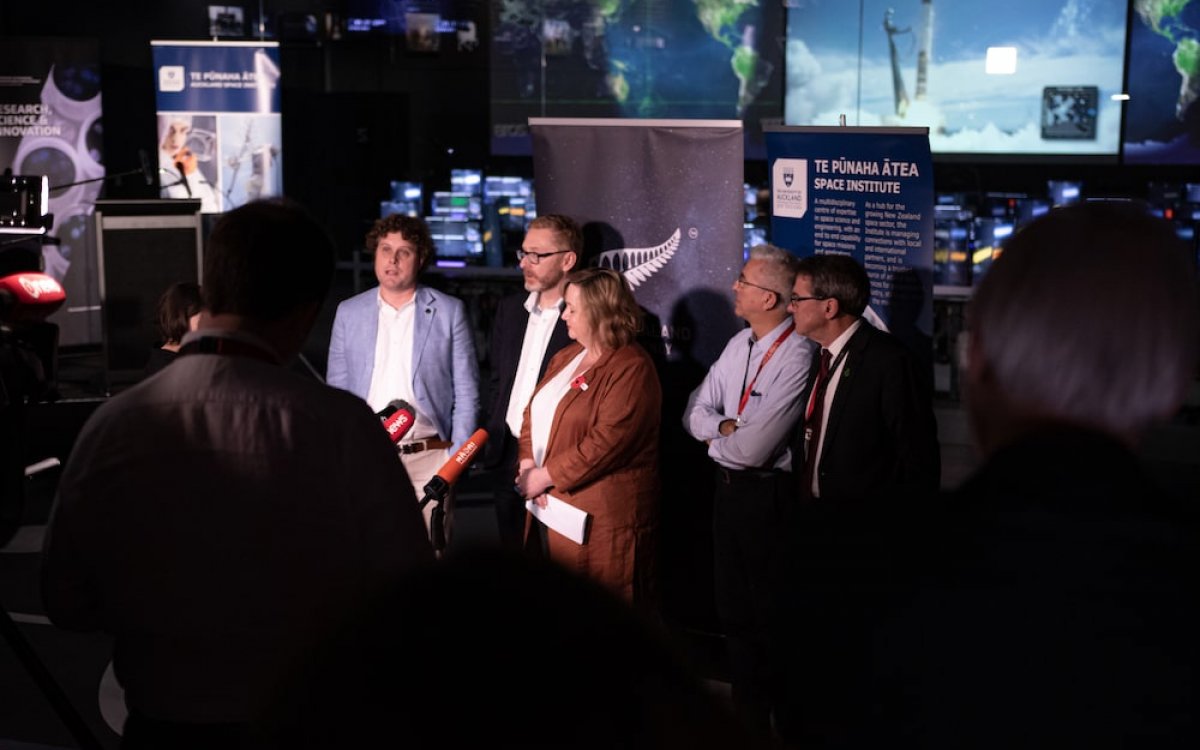MethaneSAT
Supporting an international climate change mission

Rocket Lab is playing a critical role in an international climate change mission by developing a Mission Operations Control Center (MOCC) for MethaneSAT, a unique satellite mission created to foster and accelerate reductions in the emissions of methane, a potent greenhouse gas responsible for at least a quarter of today’s planetary warming.
Rocket Lab's solar panels are also being used to power the MethaneSAT mission.
Led by the non-profit Environmental Defense Fund, the 350 kg class MethaneSAT will locate and measure methane from the oil, gas, and agriculture industries around the globe, enabling regulators, businesses, and researchers to track and reduce emissions faster. With a highly sensitive spectrometer capable of detecting methane concentrations as low as two parts per billion, MethaneSAT will quantify and report emissions in near real-time from sources large and small, providing regular monitoring of regions accounting for more than 80% of global oil and gas production. MethaneSAT will publish data free of charge so that stakeholders and the public can compare progress by both companies and countries.
Rocket Lab will develop, manage, and operate the Mission Operations and Control Center (MOCC) for MethaneSAT in Auckland, New Zealand, as part of the New Zealand Government’s NZD$26 million commitment to the international program.
Rocket Lab will deliver the critical IT and software infrastructure necessary to task the satellite on orbit including tracking, pointing and positioning, and collision avoidance. Rocket Lab will also manage the collection and dissemination of climate change data generated by MethaneSAT to the program’s international cohort of scientists and researchers.
MethaneSAT’s team includes experts from some of the world’s most seasoned aerospace organizations in both the commercial and public sectors, as well as researchers from Harvard University and the Smithsonian Astrophysical Observatory who are developing MethaneSAT’s data acquisition and analytical capabilities.


